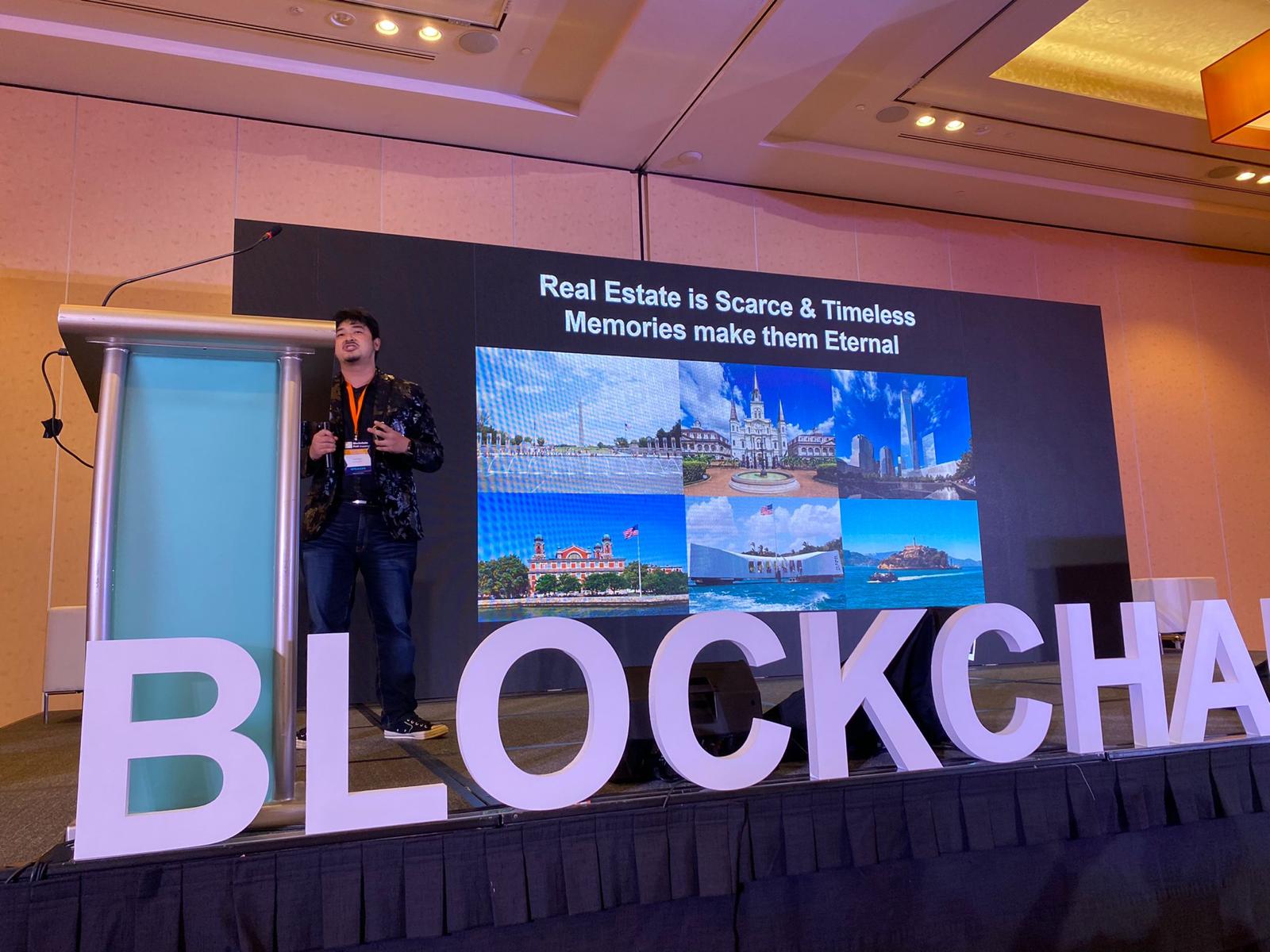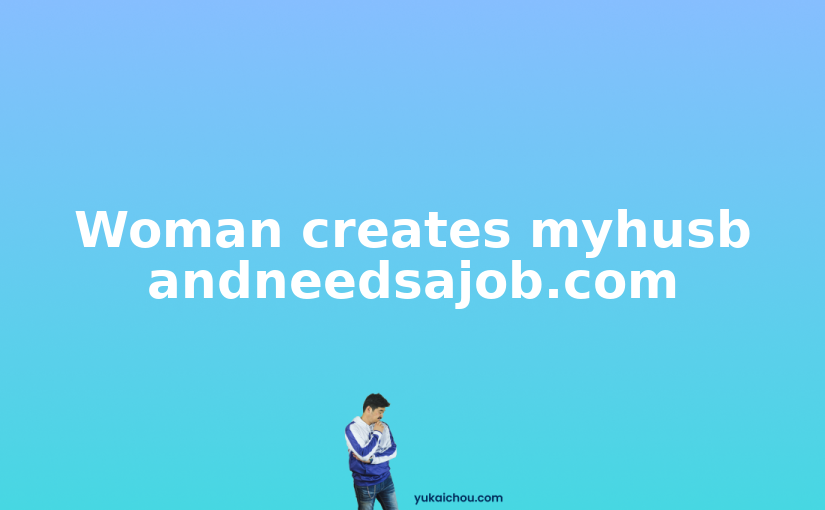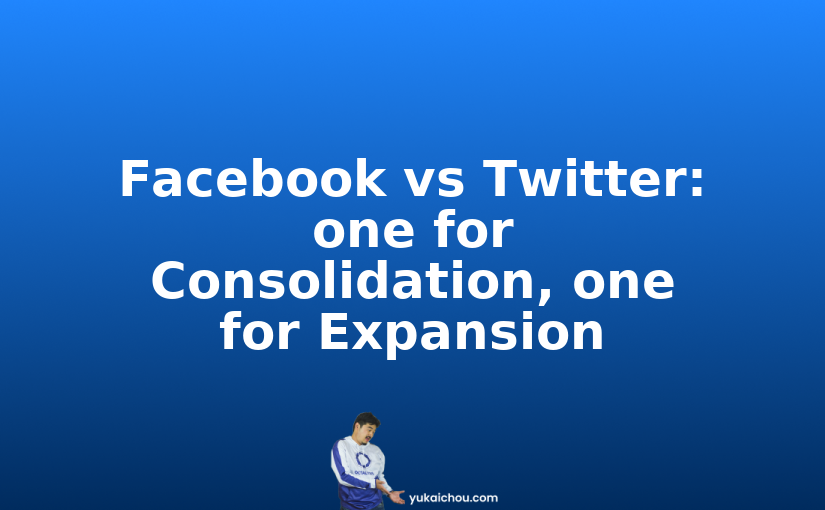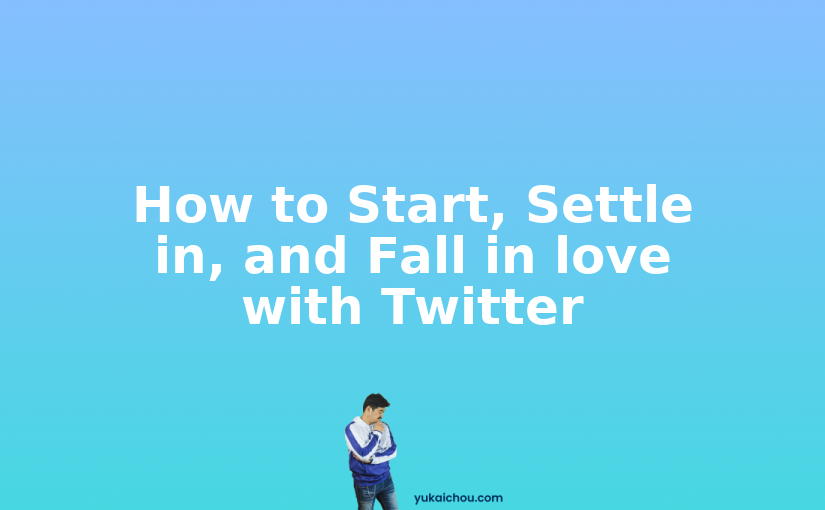This series is written by Erik van Mechelen, based on the Octalysis framework designed by Yu-kai Chou.
How to Live with and through Others
How to live is a question that’s been debated through the ages.
Our world is changing. We’re changing with it.
So far, we’ve touched epic meaning & calling, accomplishment & development, empowerment of creativity & feedback, and ownership & possession, each in respect to lifestyle gamification and the Octalysis framework.
That is to say, we’ve investigated how our 8 Core Drives play into human-focused designs for our lives in totality. No small task!
Part 1: Epic Meaning & Calling
Part 2: Development & Accomplishment
Part 3: Empowerment of Creativity & Feedback
Part 4: Ownership & Possession
We’ll continue now with Part 5: Social Influence & Relatedness.
Humans are social
Perhaps because of the helplessness of human babies from birth through the first few years, humans have adapted to be highly social animals.
With civilization has come additional structure and the growth of the family unit.
We perhaps feel most right in the world when our individual, family, society, and global perspectives and actions are in harmony.
Using human-focused design with a focus on social influence & relatedness, we might improve our day-to-day lives.
Social Influence and Relatedness is the fifth core drive within my Gamification Framework Octalysis, which is related to activities inspired by what other people think, do, or say. This Core Drive is the engine behind themes like mentorship, competition, envy, group quests, social treasures and companionship.
This Core Drive also includes the “Relatedness” part, which deals with things like attachment to emotional associations and the feeling of nostalgia. For instance, if you see a product that reminds you of your childhood, you have a higher chance of buying that product. Similarly, if you meet someone from your hometown, you would also be more inclined to sign up a deal with this person.
Let’s see how this applies to lifestyle gamification examples.
Kinds of Activities
The activities we do lie somewhere on the spectrum across individual and groups and society, from the ritualistic to the spontaneous.
Individual activities range from calling your mother to cooking dinner for your spouse (even if they are working late).
Family activities expand the number of people.
Some activities can involve yet larger groups of people. Consider rituals like business updates or church services. We engage in these activities for other reasons (to improve the business) or for epic meaning (worship to a higher power), but we also engage in these activities with other people.
Business meetings and church services are collaborative.
But there are also competitive social settings. Consider education systems, exercise classes, team sports, and social environments like cafes and bars, or ideological spectrums like politics.
Lifelong learning
When I did some pro bono work for a company called Degreed in 2013, their vigor helped persuade me of how important lifelong learning is and will probably be to a healthy and happy life.
There are many ways to learn collaboratively. From MOOCs to book clubs to guilds on Habitica to Reddit subreddits to the Octalysis Explorers (or the Octalysis Prime group).
One feature of these communities of learning I’ve noticed is the presence of very helpful people. People who really want others to improve at whatever it is they are there for. It made me think of mentorship.
Mentorship (Game Technique #61), is effective because it builds accountability for growth in a one-to-one relationship.
During the rigorous process of joining a Fraternity in American universities, most fraternities have a Big Bro/Little Bro system where an experienced member in the organization will be matched up with a new potential member going through a semester-long training process known as “pledging.” The Big Bro is there to serve as a mentor that provides not only directional guidance, but also emotional support to make sure the time-consuming process of pledging becomes more bearable. This practice has lasted for over a century and shown to improve the Onboarding experience of members joining the organization.
I’ve used Mentorship in my own lifelong journey to understand the writing craft and the secrets of storytelling.
When I need help, I imagine what my favorite authors would say to encourage me. Other times, I’ll open one of their novels. Engaging with their texts gives me a sense of entering into a conversation with them. It usually gives me the pat on the back I need to keep going. This is remarkable (when it works) because most of what is happening is a mental game I’m playing with myself, acting out a mentor relationship that doesn’t actually exist, but exists instead fictionally for me and me alone.
Emotional support and relatedness
I met Jane McGonigal in 2012 in Minneapolis, MN, where she gave a keynote at a marketing conference.
Before the conference, I learned about her experience building SuperBetter to get through her own traumatic brain injury. Essentially, she built a system to get feedback and support from her loved ones to get her past her suicidal thoughts and back to living a healthy life.
A weekly call with my brothers
Almost every Sunday, I have a 3-way call with my brothers. This past Sunday, we spoke for nearly 2 hours because it was so fruitful. We talked about stories we’d read as kids, stories we were reading or writing now, about training for triathlons, experimenting with lucid dreaming, and whether one needs permission to do things in life.
These calls bring us closer as adult brothers and provide support for problems we’re facing.
I have similar relationships with a group of 10 friends from college. Any of this group can call me and I can call any of them for help at any time.
In a larger context, my brothers and I are helping each other reach our respective Life Win-States. We are allies on each other’s quest.
Let’s go on an adventure!
In Actionable Gamification: Beyond Points, Badges, and Leaderboards, Yu-kai discusses the very effective Group Quest (Game Technique #22).
The game technique Group Quest is very effective in collaborative play as well as viral marketing because it requires group participation before any individual can achieve the Win-State.
A successful game that utilizes this is World of Warcraft, another fanatically successful and addictive game made by Blizzard Entertainment. In WoW, there are many quests that are so challenging that it requires an entire team of 40 max-leveled players to work together, each specialized in their own responsibilities, before they have a chance of beating the quest. In well-designed instances, even though the 40-player requirement is not imposed by the program, the users simply find it difficult to win if they had 39 players.
In life, your family can go on a group quest to complete chores. Your friends can go on a group quest vacation. Your startup can slay the dragon. Where in life are you not using a group quest, but could?
When to avoid Black Hat
Social networks existed before the internet. We had circles of friends and colleagues and acquaintances. Strangers became friends and new employees became trusted allies with time and attention. This social behavior isn’t new.
But the ubiquitousness and instant access to view what others do, including our perceived friends and competitors (sometimes our friends are competitors), can give us an envy cloud. Be mindful of where you might be letting envy cloud creep in.
Inspiration or envy from public places?
Will Wright, famous game designer, read Christopher Alexander’s A Pattern Language and then built Sim City.
A Pattern Language discusses social living design from the macro of cities to the micro of organizing your kitchen.
My favorite section of the more than 1,000-page tome discusses street cafes.
I love going to street cafes. You can see and be seen, sit casually for hours with a book, or nurse a beer or coffee any time of day.
A cafe can be inspiration and relaxing, but, if in the wrong mindset, a curiously envious place. If I need to get serious work done, I don’t usually do it at a cafe, because I sometimes am not in the frame of mind to not get distracted by the people around me.
Creating a Harry Potter Under-the-Stairs Cave
A Pattern Language also discusses organize your apartment or home with a play place for kids or Harry Potter-esque cave under the stairs. In a world designed primarily for adults, kids want their own places.
Giving your kids a place to collaborate and create will improve their lives and yours.
Thoughtful Places
When I write these posts, I get to spend time with a few of you I feel I’ve gotten to know.
I hear from a few of you via email or as comments. And the conversation continues.
Where is this conversation happening?
It’s happening in some social sphere of our minds. A playful place, for me, where I experiment with a way of suggestion. A written device to suggest an image which suggests a thought which might several months from now change your mind by its blooming.
So, strangely, my typing this post’s sketch (draft) in FoldingText, an application rendering on the interface of my laptop, is a PLACE of social influence (if anyone is influence) AND relatedness, because in writing I try to write something useful for those who might spend a few moments or minutes to read. And then go apply the idea that sprung to mind for them, a reward for the reading.
In a larger sense, then, my effort in these posts is part of a lifestyle design involving social influence and relatedness. Every week I think and prepare and write and edit to engage in these conversations. And my life would be very different without them.
See you next week for Part 6: Impatience & Scarcity!










One response to “How to Inject Social Influence and Relatedness into Your Life: Part 5 of 8 in Lifestyle Gamification Examples”
I remember my father built a small “room” in our garage, just for him… a place where he could escape the rest of us (7 of us in a 3 bed, 1 bath home). It was his little oasis. I visited not long ago and went into the garage to look for something, and I noticed the room. Lots of memories we have in our brains that rarely get attention. 🙂